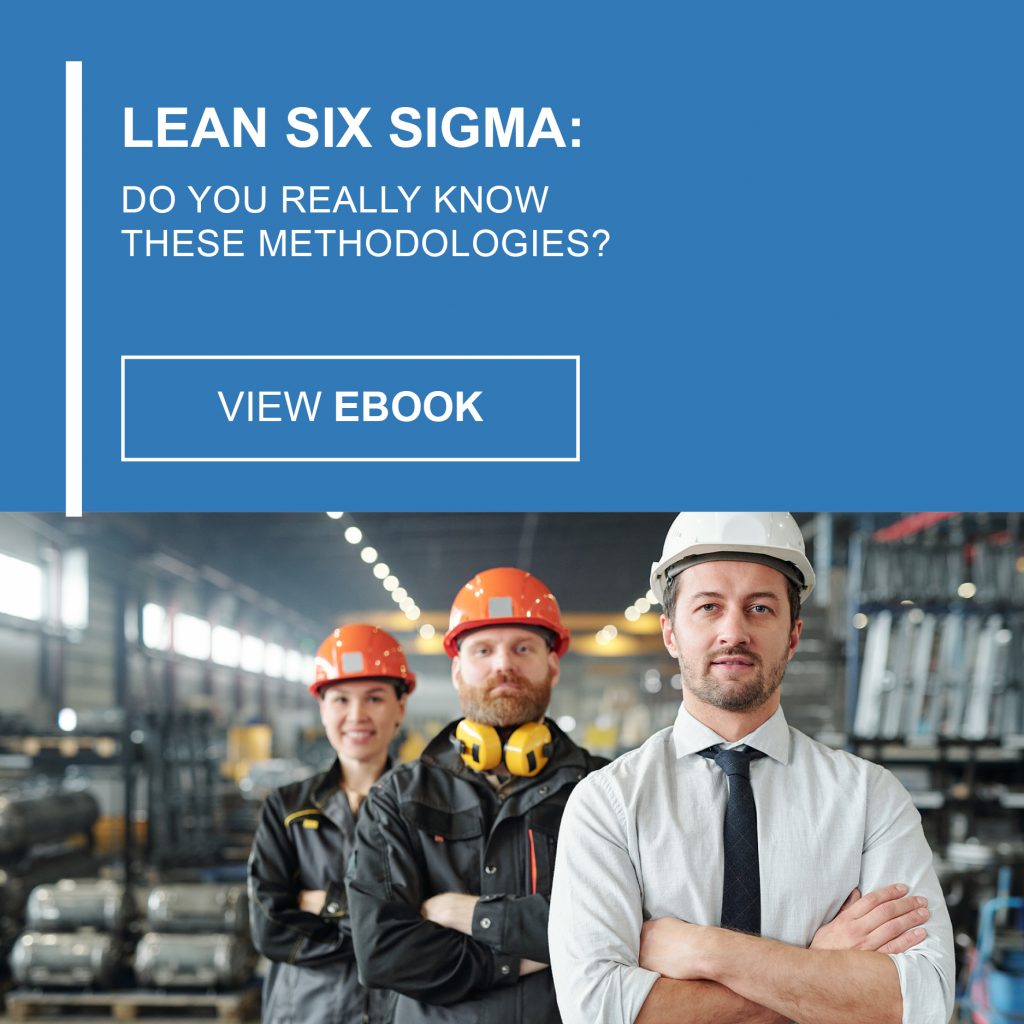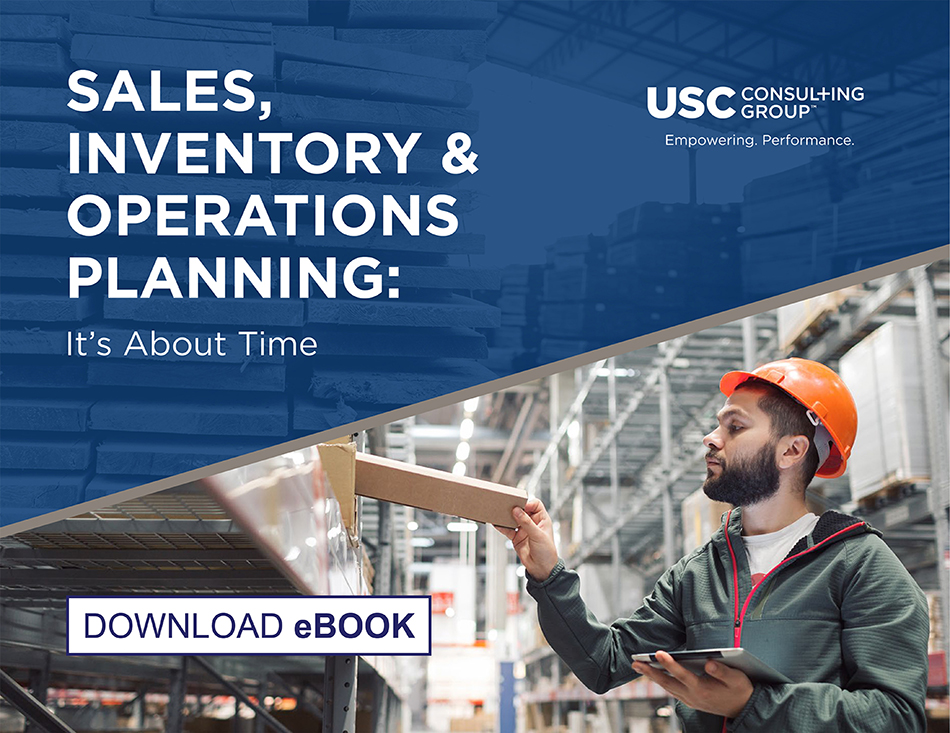-
Subscribe to Blog:
SEARCH THE BLOG
CATEGORIES
- Aerospace
- Asset Maintenance
- Automotive
- Blog
- Building Products
- Case Studies
- Chemical Processing
- Consulting
- Food & Beverage
- Forestry Products
- Hospitals & Healthcare
- Knowledge Transfer
- Lean Manufacturing
- Life Sciences
- Logistics
- Manufacturing
- Material Utilization
- Metals
- Mining
- News
- Office Politics
- Oil & Gas
- Plastics
- Private Equity
- Process Improvement
- Project Management
- Spend Management
- Supply Chain
- Uncategorized
- Utilities
- Whitepapers
BLOG ARCHIVES
- June 2025 (4)
- May 2025 (1)
- April 2025 (1)
- March 2025 (1)
- February 2025 (4)
- January 2025 (4)
- December 2024 (4)
- November 2024 (2)
- October 2024 (6)
- September 2024 (5)
- August 2024 (5)
- July 2024 (6)
- June 2024 (3)
- May 2024 (3)
- April 2024 (4)
- March 2024 (3)
- February 2024 (4)
- January 2024 (5)
- December 2023 (2)
- November 2023 (1)
- October 2023 (6)
- September 2023 (3)
- August 2023 (4)
- July 2023 (2)
- June 2023 (3)
- May 2023 (7)
- April 2023 (3)
- March 2023 (3)
- February 2023 (5)
- January 2023 (6)
- December 2022 (2)
- November 2022 (5)
- October 2022 (5)
- September 2022 (5)
- August 2022 (6)
- July 2022 (3)
- June 2022 (4)
- May 2022 (5)
- April 2022 (3)
- March 2022 (5)
- February 2022 (4)
- January 2022 (7)
- December 2021 (3)
- November 2021 (5)
- October 2021 (3)
- September 2021 (2)
- August 2021 (6)
- July 2021 (2)
- June 2021 (10)
- May 2021 (4)
- April 2021 (5)
- March 2021 (5)
- February 2021 (3)
- January 2021 (4)
- December 2020 (3)
- November 2020 (3)
- October 2020 (3)
- September 2020 (3)
- August 2020 (4)
- July 2020 (3)
- June 2020 (5)
- May 2020 (3)
- April 2020 (3)
- March 2020 (4)
- February 2020 (4)
- January 2020 (4)
- December 2019 (3)
- November 2019 (2)
- October 2019 (4)
- September 2019 (2)
- August 2019 (4)
- July 2019 (3)
- June 2019 (4)
- May 2019 (2)
- April 2019 (4)
- March 2019 (4)
- February 2019 (5)
- January 2019 (5)
- December 2018 (2)
- November 2018 (2)
- October 2018 (5)
- September 2018 (4)
- August 2018 (3)
- July 2018 (2)
- June 2018 (4)
- May 2018 (3)
- April 2018 (3)
- March 2018 (2)
- February 2018 (2)
- January 2018 (1)
- December 2017 (1)
- November 2017 (2)
- October 2017 (2)
- September 2017 (1)
- August 2017 (2)
- July 2017 (2)
- June 2017 (1)
- April 2017 (3)
- March 2017 (3)
- February 2017 (2)
- January 2017 (2)
- December 2016 (2)
- November 2016 (4)
- October 2016 (4)
- September 2016 (3)
- August 2016 (6)
- July 2016 (4)
- June 2016 (4)
- May 2016 (1)
- April 2016 (3)
- March 2016 (4)
- February 2016 (2)
- January 2016 (4)
- December 2015 (3)
- November 2015 (3)
- October 2015 (1)
- September 2015 (1)
- August 2015 (4)
- July 2015 (6)
- June 2015 (4)
- May 2015 (7)
- April 2015 (6)
- March 2015 (6)
- February 2015 (4)
- January 2015 (3)
CONNECT WITH US
Tag Archives: eBook
It’s a double-edged sword for the building products industry today.
The production and demand slump during the pandemic has turned into a boom. Residential and commercial building is on a high.
Yet, challenges still exist for the building products industry as it navigates these uncertain economic times.
While each company has its unique issues, our team of subject matter experts have compiled the most common challenges we’re seeing for the building products industry today, and share productive solutions we’re recommending to our clients to tackle them.
Download our free eBook “Constructing the Building Products Industry: An Outlook of Challenges and Solutions” as we advise on tactics to deal with the boom and optimize your operations.
In this eBook you will learn how to overcome the following:
- Rising costs
- Supply chain bottlenecks
- Understaffing & skills gap
- Post-COVID boom
These strategies will help you get started on combating industry challenges and carry you through these uncertain economic times. If you need more in-depth help or would like to discuss specific issues you are experiencing, give us a call today. We listen first and then advise on how we can make your operations more efficient.
How well do you know Lean? The concept is nothing new. Pioneered back in the day by Toyota… or by Henry Ford even earlier, depending on who you ask, Lean manufacturing is the art of maximizing customer value while minimizing waste. It’s about cutting costs, eliminating waste in both processes and products, and generally becoming as “lean and mean” as possible to reach optimal efficiency.
Another, newer term is often bandied about when talking about Lean: Six Sigma, a methodology designed to tackle defects in manufacturing and product/service development. Two sides of the same coin, while Lean looks at making processes more efficient and reducing process lead times, Six Sigma focuses on cutting down on defects. In fact, they’ve joined to become one methodology in some circles. Lean Six Sigma, or LSS, which aims to cut defects and shorten lead times. What is it? Are they stronger together? Could they clash? Who should use it? And who shouldn’t?
For answers to these questions, read USC Consulting Group’s eBook Lean Six Sigma: Do You Really Know These Methodologies? We’ll look deeper into Lean Six Sigma through the lens of Dr. Frank Esposto, USCCG’s Lean Six Sigma Master Black Belt and Senior Director of Quality, and a certified LSS instructor. You think you know Lean Six Sigma? Download the eBook below to find out.
Dr. Esposto discusses Toyota’s classic Lean manufacturing model that identifies “seven wastes” and he recommends you expand your mind to add one more. Furthermore, he will advise you on the best strategies for LSS training, the key challenges you will face, and the factors that lead to successful LSS implementation in your operations.
Applying the Lean Six Sigma methodologies effectively in your processes is not a one-size-fits-all and may require help. Dr. Esposto elaborates on the tools, techniques, and methods to use and the benefits you will gain from it.
So, how well do you know Lean Six Sigma methodologies? A whole lot more once your read this eBook.
S&OP is a business management process that involves sales forecast reports, planning for demand and supply, and other factors. The goal is to help companies get a better, more clear look at their operations and create better-informed strategy decisions, allowing them to deliver what clients need in the most profitable way.
It’s a useful process, but we’ve found a lot of our clients do not include inventory as a strategic tool in their S&OP process. Therefore, they leave the “I” out of SIOP.
“A key to SIOP is to emphasize inventory as a strategic tool to help offset variation in either demand or production issues,” explains David Shouldice, senior vice president and managing director of USC Consulting Group’s global mining and metals practice. “One lever of control in the SIOP process is to make inventory harder working as a strategic tool.“
Adding inventory into the mix is just one additional step, but we find it can be the key to the whole process. When you’re focusing on inventory, it requires more careful planning and elevates the entire planning process up a notch. When your inventory is optimized, which is not an easy mark to hit in these days of supply chain disruption, things tend to fall into place. With SIOP, you can make your inventory work harder for you.
Download our free eBook “Sales, Inventory and Operations Planning: It’s About Time” to discover the SIOP process, how it works, and the benefits of including inventory into your strategic planning process.
You will learn the principles of SIOP that include:
- In-depth definition of what is SIOP
- SIOP’s core components
- The benefits of implementing SIOP
- How it works in practice
- Real-world example case study
The Sales, Inventory and Operations Planning process assists USC Consulting Group in helping our clients become more efficient, profitable and competitive. If you’d like to find out more, contact us today.








